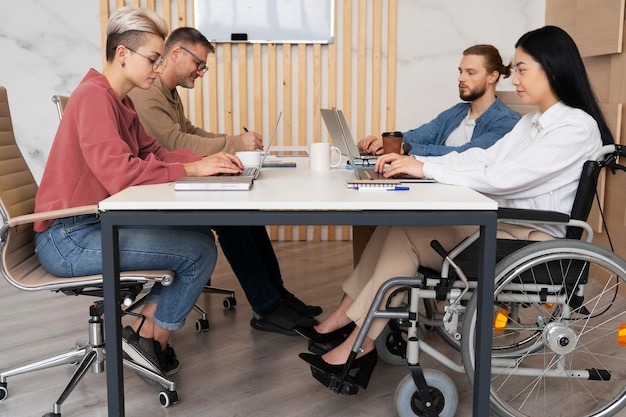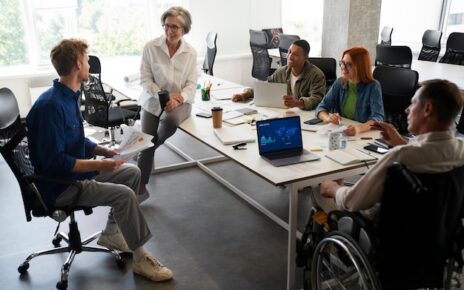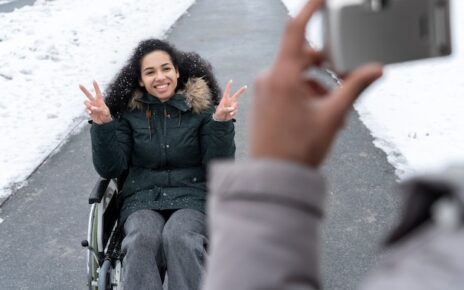Introduction
There are particular difficulties associated with being disabled that go beyond physical restrictions. People Living with disabilities frequently have to deal with stigma and prejudices from society, which can make it difficult for them to fully engage in society. This essay will discuss the significance of getting beyond these obstacles, the effects of stigma on people with disabilities, and tactics for promoting inclusivity and understanding.

Understanding Disability Stigma
Disability stigma refers to the negative attitudes, beliefs, and stereotypes associated with individuals who have disabilities. These attitudes can lead to discrimination, marginalization, and social exclusion, making it difficult for people Living with disabilities to access opportunities and resources.
The Impact of Stigma
The impact of stigma on individuals living with disabilities is profound. It can erode self-esteem, lead to feelings of isolation and worthlessness, and create barriers to employment, education, and healthcare. Stigma can also manifest in the form of pity or patronizing attitudes, further undermining the autonomy and dignity of individuals with disabilities.
Challenging Stereotypes
Challenging stereotypes is essential in combating disability stigma. Stereotypes often portray individuals living with disabilities as helpless, dependent, or incapable of leading fulfilling lives. In reality, people with disabilities are diverse and capable individuals with unique talents, skills, and perspectives.
Promoting Inclusivity
Promoting inclusivity involves creating environments that embrace diversity and accommodate the needs of individuals with disabilities. This includes implementing accessibility measures such as wheelchair ramps, braille signage, and assistive technologies. It also entails fostering a culture of respect, empathy, and acceptance where all individuals are valued for their contributions.
Empowering Individuals
Empowering individuals with disabilities is key to overcoming stigma and stereotypes. This involves providing opportunities for education, employment, and social participation. It also requires challenging ableism—the belief that able-bodied individuals are superior to those with disabilities—and advocating for equal rights and opportunities for all.
Changing Perceptions
Changing perceptions surrounding disability requires education, awareness, and representation. By highlighting the achievements and contributions of individuals with disabilities, we can challenge stereotypes and promote a more inclusive society. This includes featuring diverse portrayals of disability in media, literature, and popular culture.
Building Supportive Communities
Building supportive communities is essential for individuals with disabilities to thrive. This includes creating networks of support, advocating for accessible services and infrastructure, and fostering partnerships between disability organizations, government agencies, and businesses. By working together, we can create a more inclusive and equitable society for all.
Conclusion
It shouldn’t be necessary for people livnig with disabilities to navigate a stigmatized and stereotyped environment. Through combating ableism, advocating for inclusivity, and enabling people with disabilities, we can establish a community that honors variety, upholds human dignity, and guarantees fair chances for anyone. By working together, we can dispel stigma and misconceptions and create a more welcoming environment for next generations.




